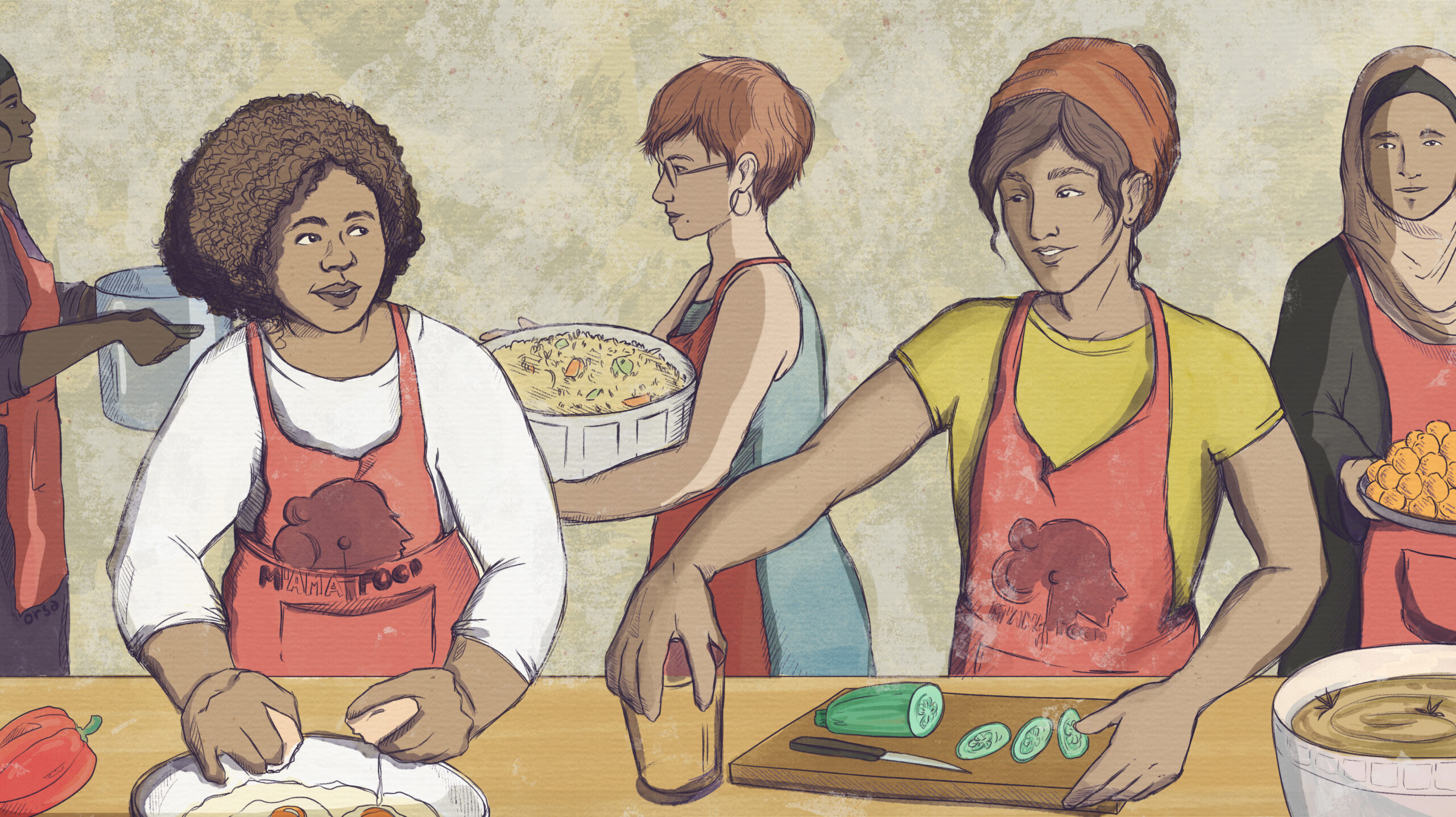
M’Ama Food: Immigrant-run catering mixes flavors in Milan
Blending traditions and experimenting with new combinations, a catering service that began at a refugee reception center is winning over Italian palates.
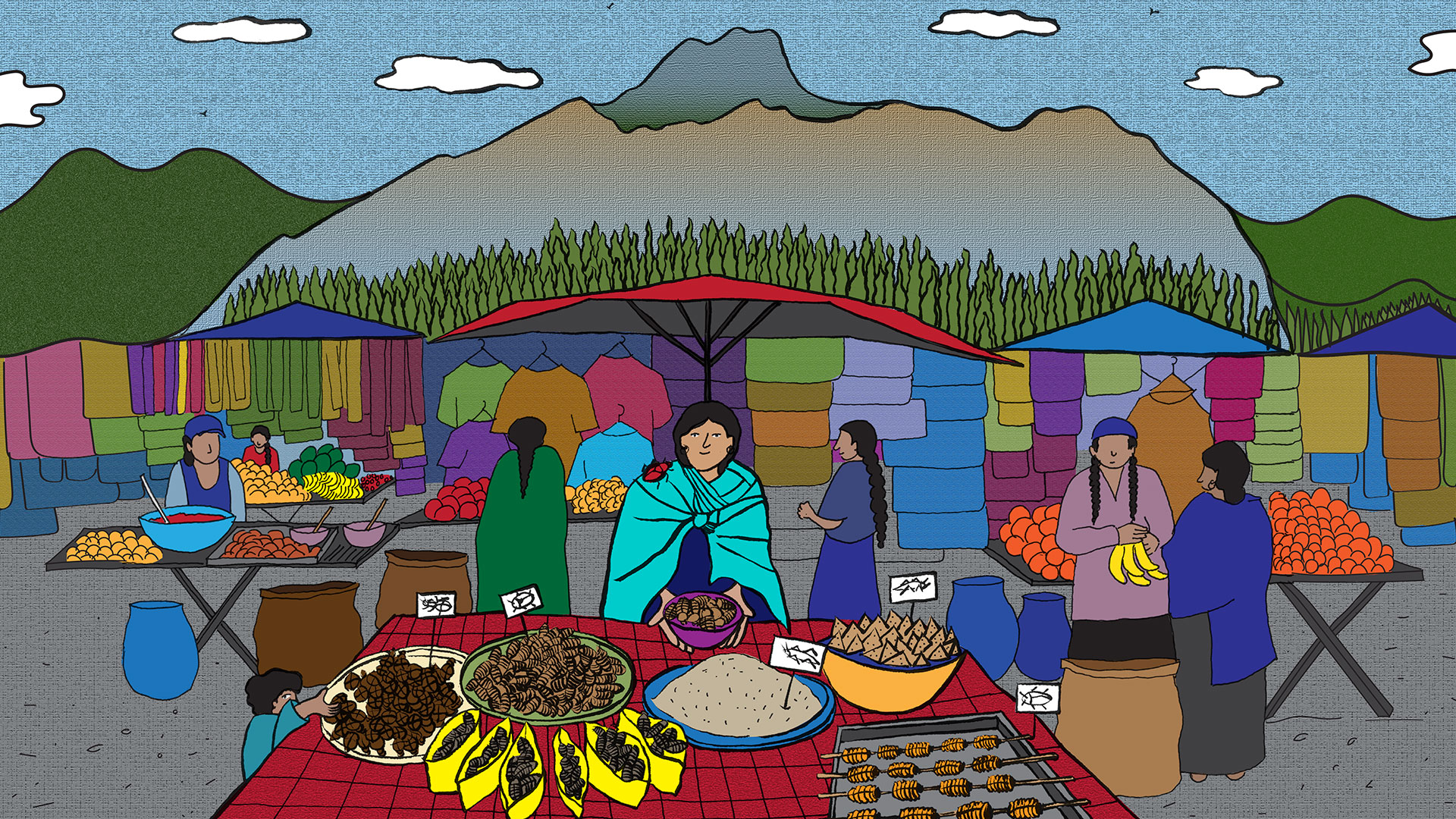
What’s the most recent meal you’ve had?
Some of you could have gone for the usual burger or pizza in the nearest fastfood restaurant, some had their mom’s curry with rice, others had salad with steak.
Some, however, would have feasted on cricket ceviche, escamoles or ant larvae with epazote and butter or toasted cricket quesadillas with guacamole.
Before you raise your eyebrows and sneer at the latter food choices, however, try to ask that one question which, in the age of instant reactions and conclusions, have almost become obsolescent – why?
This question will lead you to an array of answers which would give a whole new meaning to the expression “we are what we eat.”
Before it has been vilified or depicted as disgusting in some societies, insect consumption has always been part of mankind’s history and culture. Eating insects has been sustained in other regions, especially as it has been intertwined with peoples’ livelihoods, indigenous practices, nutrition and ways of natural conservation.
Our latest offering, a cross-border story, tackles these aspects of entomophagy, from Argentina, to Ecuador, Mexico and Colombia. The journalists showed us how and why having insects as food for humans and feed for livestock has become a critical ingredient in their pursuit for development and even peace.
It is not only in these Latin American countries where edible insects – otherwise often dismissed as creepy crawlers mostly in Europe and the US – are being eaten and marketed as delectable cuisine, however. In some parts of Asia like Thailand, chefs are serving giant water beetles with pasta and grashopper risotto, while in Tokyo, a startup called Join Earth has come up with cricket beer.
Normalizing the consumption of insects has been put on the forefront by the Food and Agriculture Organization of the United Nations (FAO) since 2013, the main reason being that resources need to feed a growing global population will not be enough.
“Land is scarce and expanding the area devoted to farming is rarely a viable or sustainable option. Oceans are overfished and climate change and related water shortages could have profound implications for food production,” FAO said in its report.
In order to buttress food security by 2050, when worldwide population is expected to reach nine billion, FAO stressed that we need to “re-evaluate what we eat and how we produce it…We need to find new ways of growing food.”
These “new ways” are not exactly new, however, as what history and heritage, as narrated in our series, will tell you. What only needs to happen is for the tradition of eating insects to be rediscovered, especially as the demands of our palate continue to wear down our planet.
Go ahead and try to start this rediscovery with our four stories. We hope to produce and support more reporting like this, which challenges us to ask that one question that will help us understand more of who we are – why?
Join us in our mission and over cricket ceviche, let’s talk how journalism could be more inclusive.
Please consider a donation to support the work of our all-women newsroom. We create a space for journalists facing structural barriers, working towards a more equitable, inclusive world of journalism. Join our mission today!

Blending traditions and experimenting with new combinations, a catering service that began at a refugee reception center is winning over Italian palates.
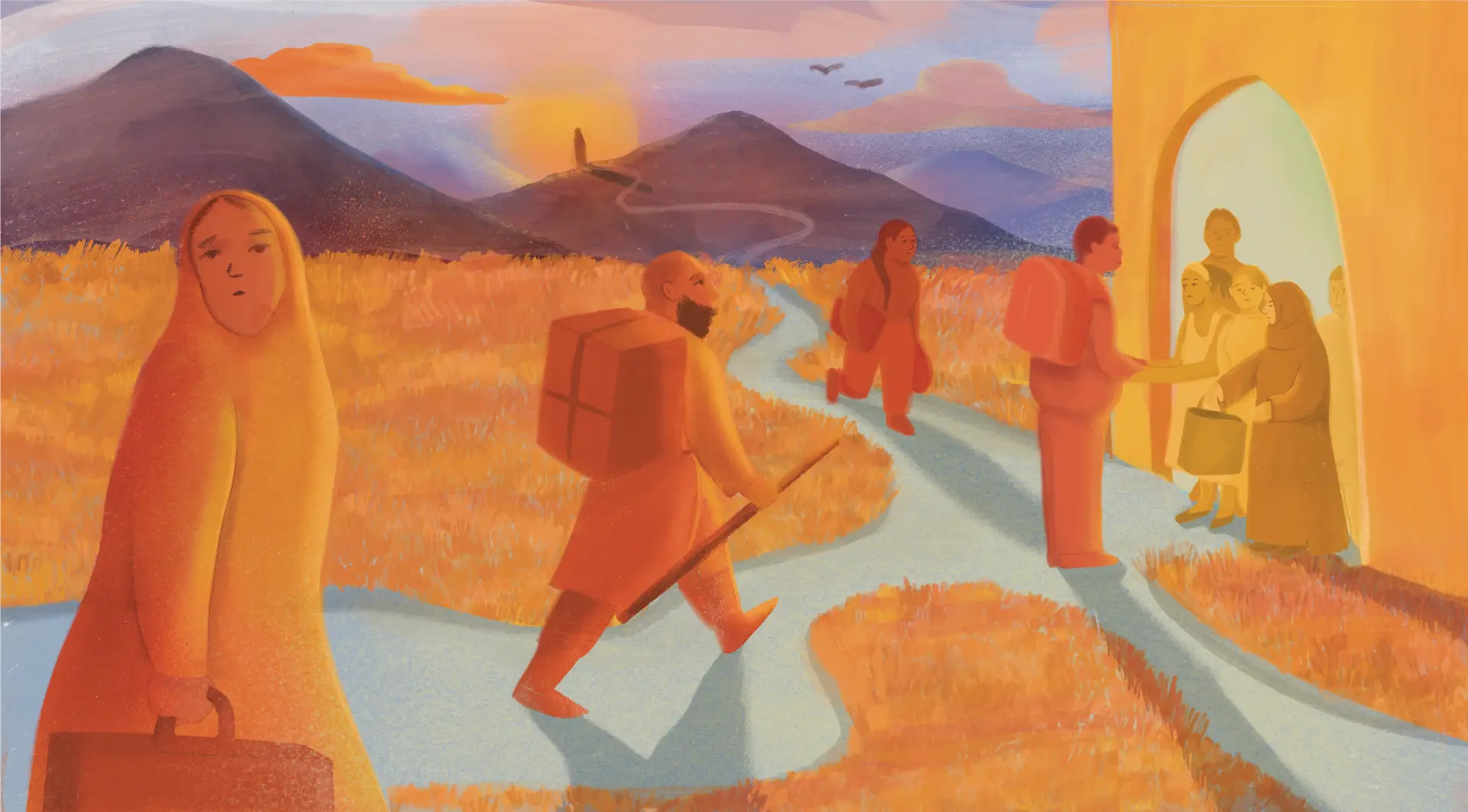
Finding a foothold in Europe can be an immense logistical, economic, social and emotional challenge, but some immigrants are finding a sense of home in communities bound by belief.

With almost a third of young Portuguese living abroad, the country’s visa options and growing recognition of foreign qualifications help keep the economy on its feet. But despite so many immigrant workers coming from Portuguese-speaking countries, their degrees still don’t have the same clout as qualifications earned in Portugal.
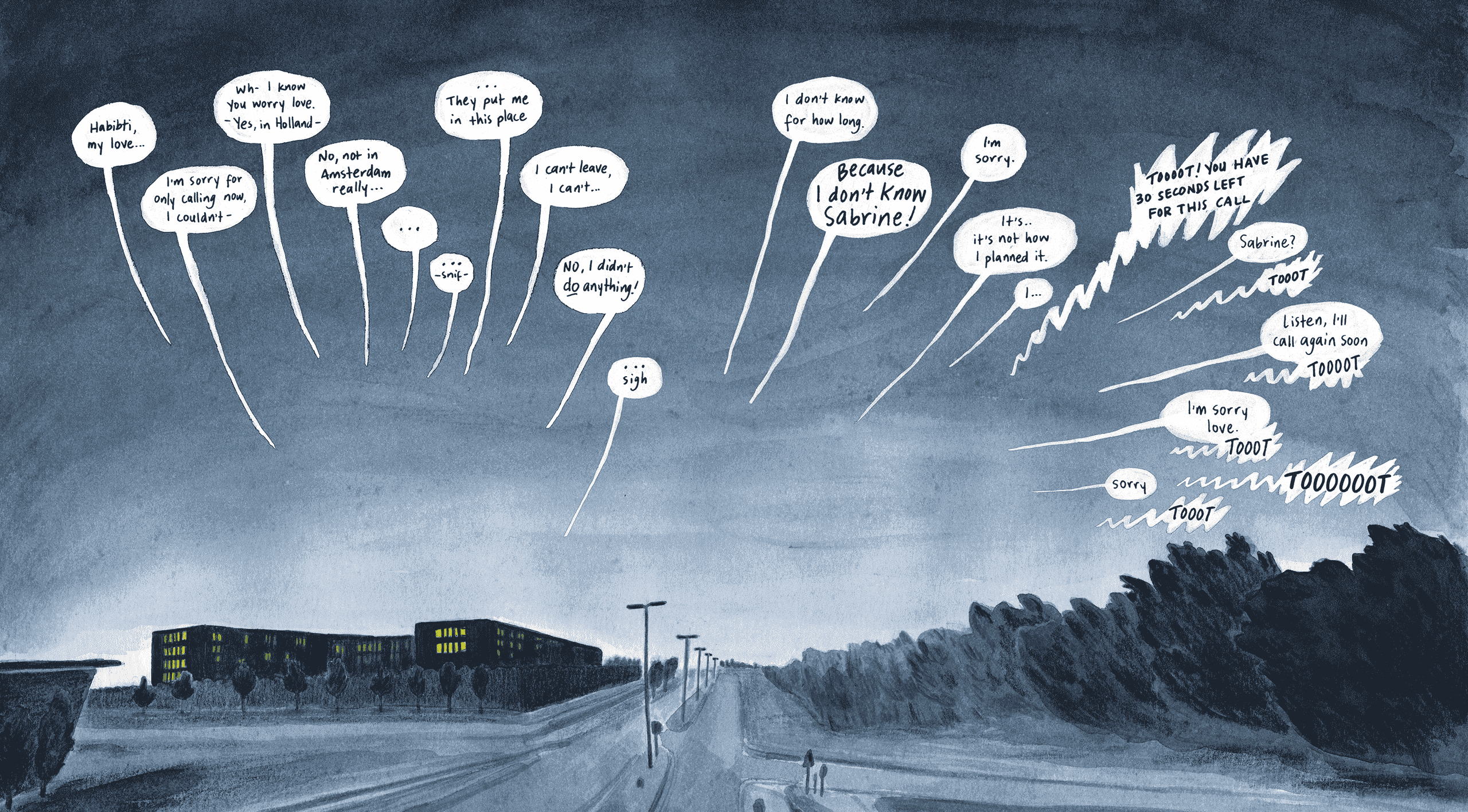
“It’s just like a prison, but worse,” says Omar. “You don’t know when you’ll be out. You can’t do anything all day. You don’t even have your personal room. You feel crushed.”
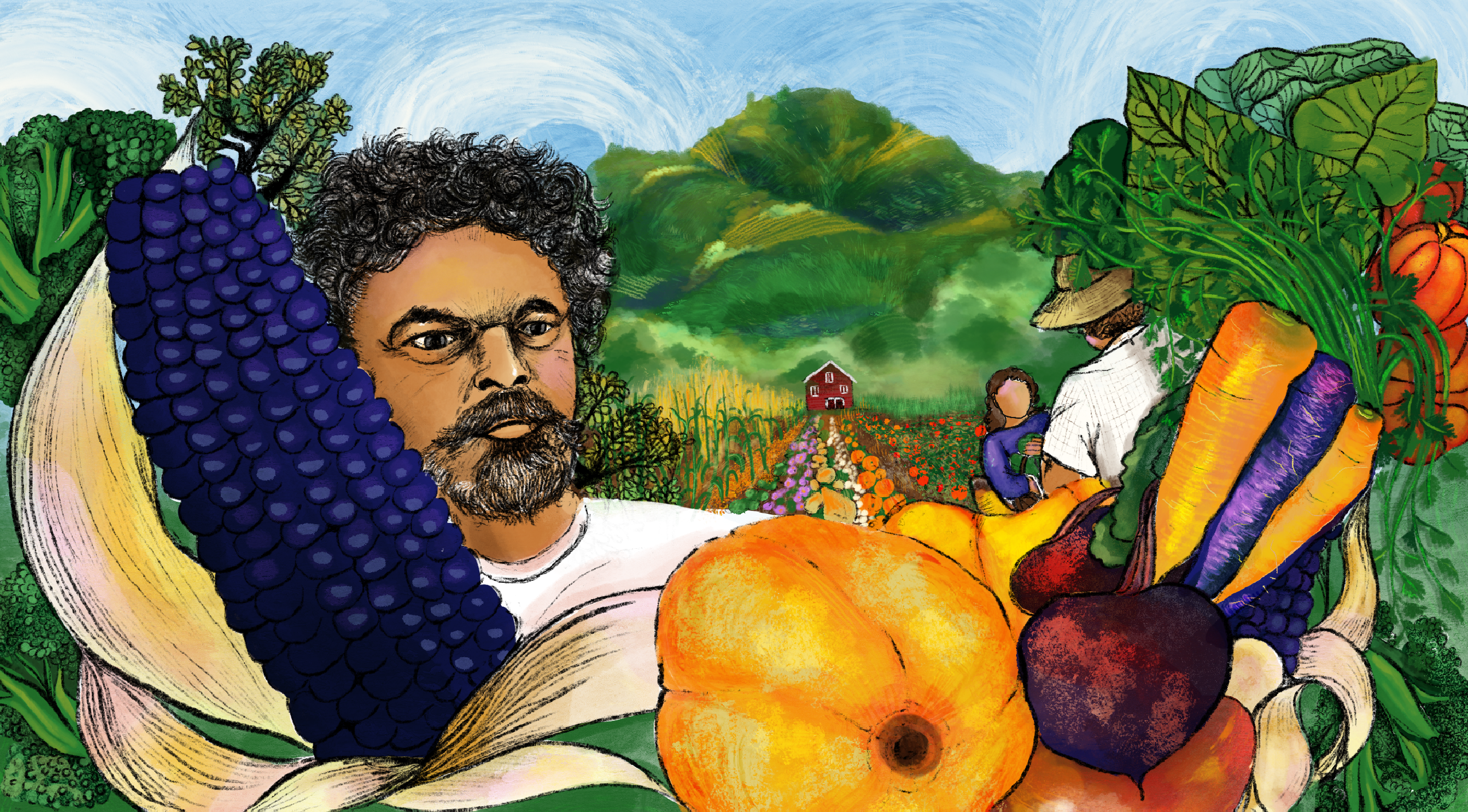
Before industrialized farming conquered the continent, the crops that fed Europe were adaptable varieties that evolved as peasants freely exchanged seeds, from harvest to sowing, generation after generation. Reviving these seed systems could protect our food supply from future climate shocks – if EU regulations don’t strangle them out completely.
Do you share our mission? Sign up for our newsletter so we can keep in touch!